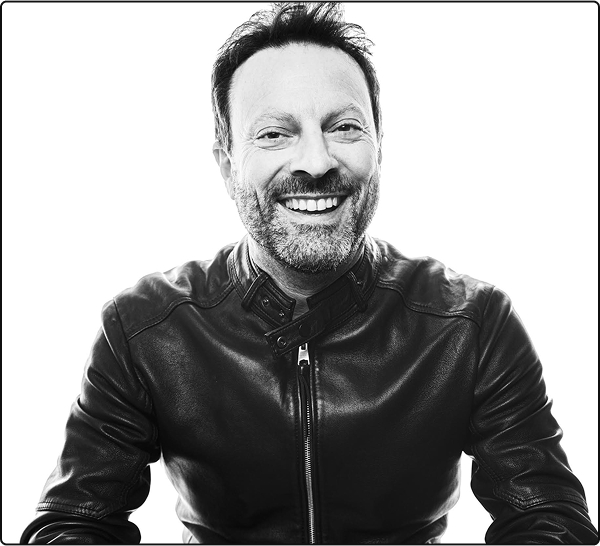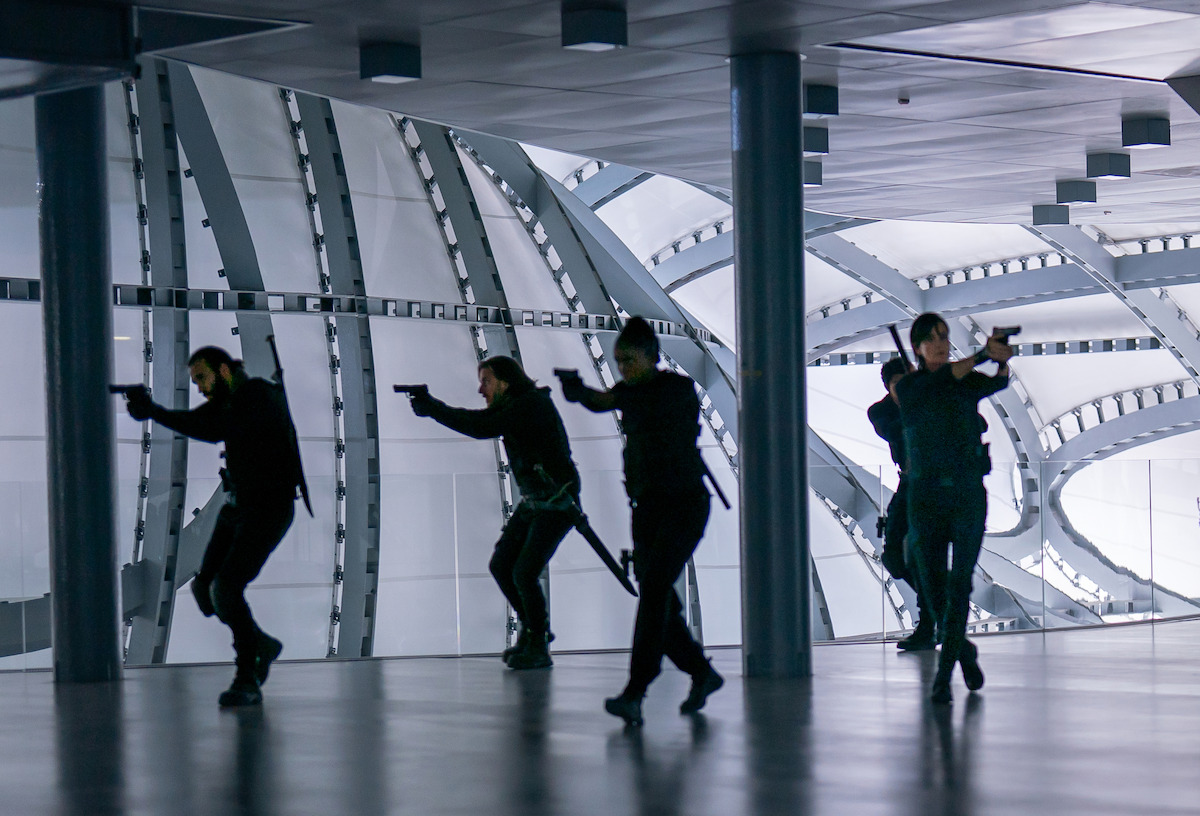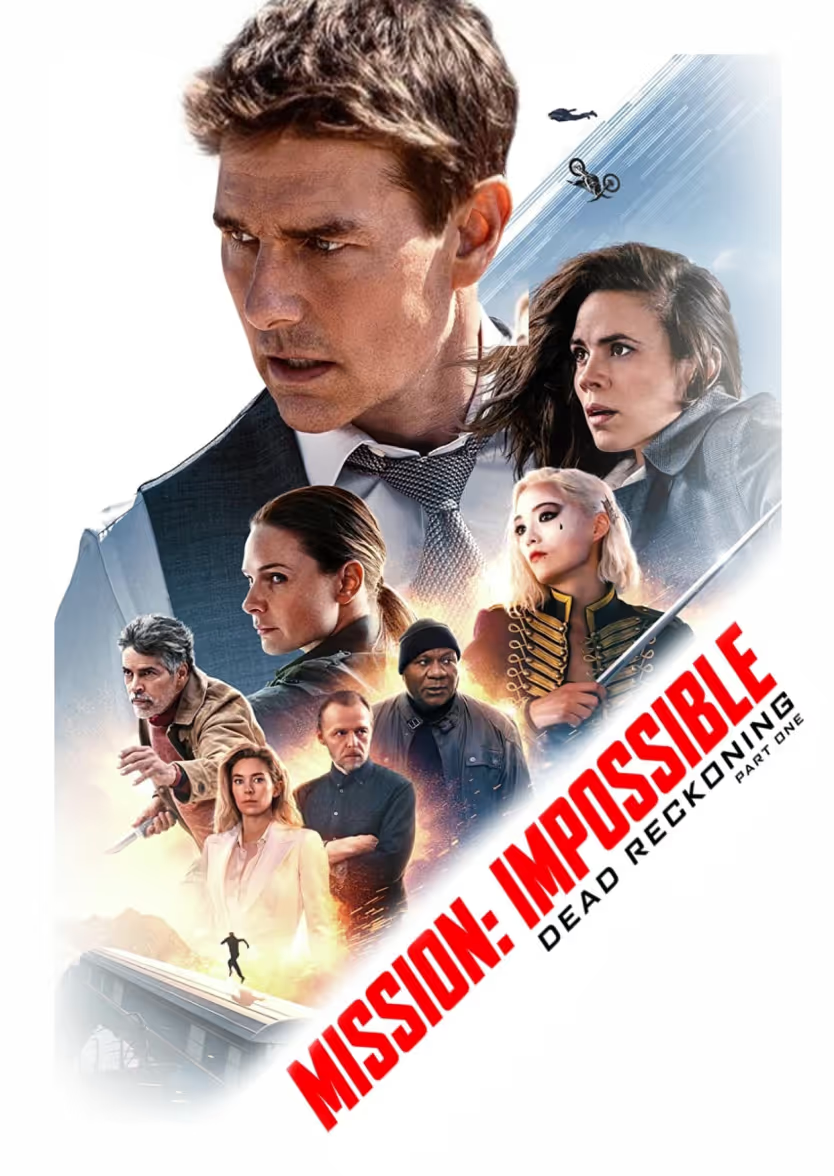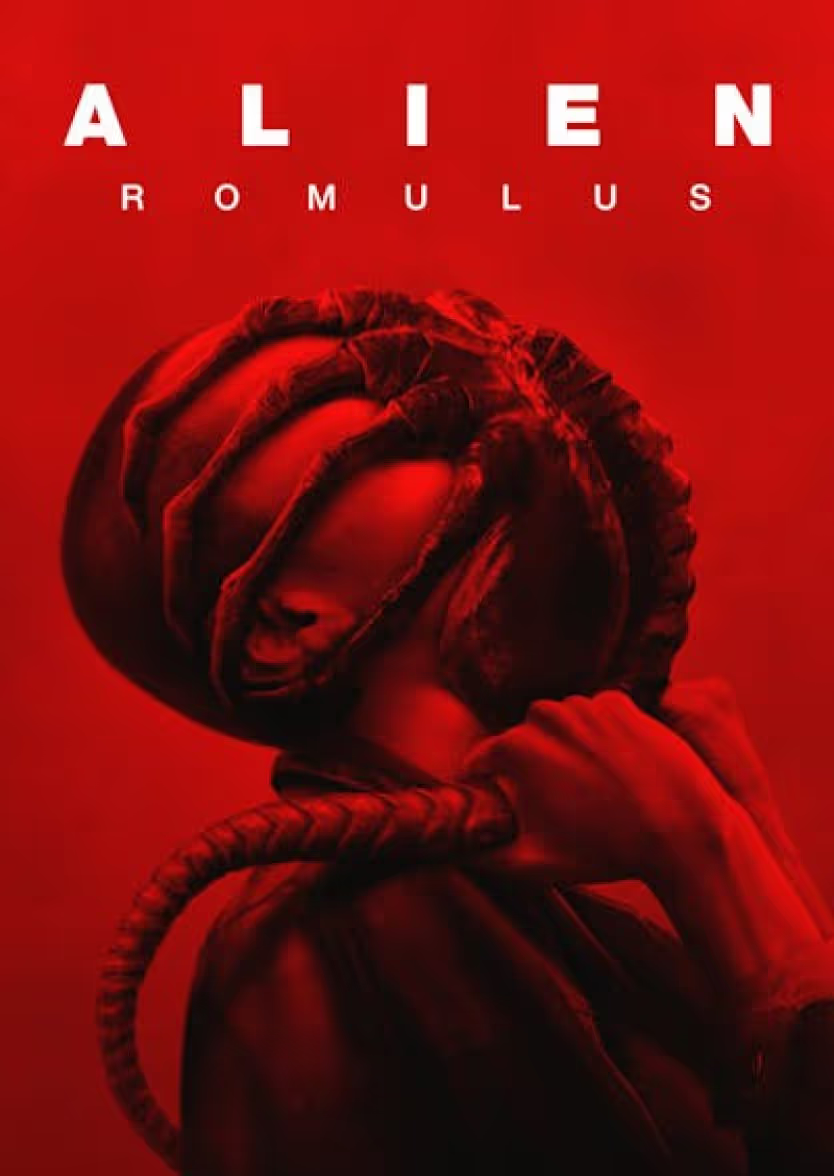From his most recent project, shaping the sonic identity of The Old Guard 2, to helping craft the immersive soundscapes of Dune and Dune: Part Two, music editor Clint Bennett has built a career at the intersection of music, storytelling, and technology. Working closely with visionary filmmakers, Clint serves as a creative and technical conduit—bridging composers, editors, mixers, and directors to bring a film’s musical language to life.
We chatted with Clint about his work and how he got here—as well his experience on The Old Guard 2, managing a globally distributed music team on a tight timeline and using tools like Evercast to make real-time collaboration more flexible, spontaneous, and productive.
This interview has been edited for length and clarity.
How would you describe your job as a music editor?
You know, when people ask me what a music editor is, I say, “Well, if I did my job right, you wouldn’t know I was there.” That’s the glib, short answer. But the cool thing is, I’m sort of the central stop point for all things music-related to the film—on a creative, technical, and even somewhat admin level. I will often be involved from the very beginning when they’re doing the director’s cut, working closely with the director and the picture editor, usually helping them build a temporary musical map.
It’s really fun because it flexes your muscles—storytelling, compositional, even engineering. I started as a musician and recording engineer before I began working as a music editor. And all of those things play into what I have to do: to put a temp track together, help tell the story, and create a vibe while they’re finding the film in the edit.
Then I work with the composer and their team, which could be as simple as just providing a nice conduit for editorial, the composer, and the director—like if they’re having challenges understanding each other on a creative level, helping to translate notes. It’s also keeping track of the cut, which is always shifting, so I’m making sure that what’s been written still works with new versions of the scenes. They can change in length, duration, or intent, so I’m often trying ideas, asking, is this piece of music still going to work? How do I make it work? Is it going to be simple or complicated? Is a rewrite necessary?
I also help prep for recording sessions with orchestras or smaller groups of musicians—everything from creating sessions and click tracks to reading scores and interfacing with the orchestrator. Then I’ll work with the scoring mixer, cleaning and editing the multitracks to prepare for the score mix, and make sure that they have any information they need for their mix stem delivery.
I’ll finish work on the dub stage with the dubbing mixers and the sound team to make sure that we find harmony between music and sound—to really make them feel integrated and focused on storytelling. Denis [Villeneuve]’s films are a fine example. They’re the best-sounding films I’ve ever worked on. He hires great people across the board. We all work hard and have a great time trying to figure out the puzzle to best support his vision.

From the very beginning, I get to interface creatively with a great team: the director, picture editors, composers, music supervisors. I might have songs coming in, so I’m helping to find places or provide options, cut them in certain ways to service the story and the director’s vision. At the dub, I’ll sit with the mixer and just work on making the film sound great, which could be as simple as just letting a cue play because it all works well, or often it’s figuring out how we’re going to make the music work with everything else that’s there. You want to preserve the intent but make it present even stronger. The scoring mixer doesn’t have all of the sound elements that go into a final mix, so they’re doing their best just to make the music sound great and anticipate what they think might be there. And when I get to the final dub, there’s more.
It’s all about telling the story. I’ve been really fortunate to work on some of the coolest films and get to play at a very high level. I sort of liken the team to a band. This is the most collaborative art form at a really high level with a really large team, and at the end of the day, if everything comes together, you end up with something that no one person could have done. It’s a vision, absolutely, but it takes a village to put these things together. And if you’re doing it right, it’s amazing.
How did you get started in the field?
I started as a musician, played in bands, and then I fell in love with the recording studio and record making. Later when I was trying to build a career in Los Angeles, I learned what a music editor was and realized it was a great place for me. I could use all of the skills that I had worked on over many years—musicianship, engineering, mixing, creativity, storytelling, technical skills. I’m a total nerd when it comes to tech stuff—microphones, computers, I love it all.
Tell us about your role on The Old Guard 2.
On The Old Guard 2, I was brought in to create a new music temp track. Moving on to the composition part of the process, Lorne Balfe was hired to produce the score with Ruth Barrett and Steffen Thum from his team as the composers. The composing team had a condensed schedule, so there was a lot to get through in a relatively short amount of time.
Evercast was huge on this film because Lorne’s team is cross-continental, so he, Steffen, and Ruth are in Europe, and there are other team members here in LA. I’m on Evercast at least half the day with different people on his team. I’m communicating and getting new cues delivered from the moment I wake up until I shut off at the end of the night. I’m also working daily with the picture editor. Fortunately I had a great assistant who I have a shorthand with who really helped to wrangle everything on the day to day. We were always in touch over Evercast when he wasn’t at my studio.

How do you coordinate working together remotely?
What’s great about Evercast is we’re all pretty well-versed with using it, so it’s almost like knocking on someone’s door down the hall. We’re always in touch. Lorne’s team uses WhatsApp, so I have that open, and at any given moment, I’ll be like, “Hey, can you jump in the Evercast room? I have to show you something,” or “Hey, can you grab so-and-so? I want to get their eyes on what we’re doing here,” and we can just sort of invite them at will.
And usually within a few minutes, they’re in the room, and we’re all hanging out. It doesn’t matter where we are. Same thing with my assistant, Seth. I’ll be on iMessage with him and then it’s just like, “Hey, can you pop in the room?” If he’s not with me physically, it’s easy to hop on and share my screen. He’s a great music editor in his own right and loves that he gets to learn while we are working together. I’ll share my edits while I’m doing stuff and working, and that way he can kind of see what’s going on; it’s really helpful.
How are you using Evercast, for the most part?
Primarily editing and reviewing. So there’s a lot of “Hey, check this out,” or “Let’s work together on some edits,” shaping a scene to really get it right. And then basic mixing.
I love being with people, but for time management and working with teams all over the globe, Evercast really makes things possible that weren’t possible before. Even working with people in Los Angeles. If I have to tackle a number of things and work with a number of people on a creative level, it allows me to just pop in a room, get done what we can, leave and grab some lunch, come back, pop in another room, change gears, work with someone else. I couldn’t do that all in a day in-person, because just driving around in LA, it wouldn’t happen. I can also be more spontaneous because I don’t have to always schedule a meeting. In-person is great and Evercast is great—and they work well together.
Tell us a bit about your remote setup and workflow.
Right now, I’m rocking a MacBook Pro M4 Max. I put up some of my heaviest sessions that were dragging some very beastly computers to their knees, and this thing just shrugs those off and laughs at me when I hit play, so it’s pretty cool. For software, I’m running Pro Tools almost exclusively, but I do dip into other tools depending on the task at hand.
Sharing the screen is the primary way that I do picture now; it just works and it’s easier and more portable than having to run an extra video setup or another machine. For what I’m doing, the picture should look good—it shouldn’t look like crap—but I don't have the same needs as say visual effects or a colorist.
For sound, I’ll use an Aux I/O in ProTools, so you can run an audio stream separate from your audio device. I’ll send a virtual pair out of ProTools, tapped off my mix bus, and then in Evercast, I just select that Pro Tools audio source when sharing the screen. Sometimes I’m working in a 7.1 or 5.1 monitoring set up, sometimes I’m in stereo. For headphones, I have a pair of Audezes that I love. This isn’t an Audeze plug, but these things are game changers. If I can’t be on speakers for whatever reason, like if I’m traveling but I still have the rig with me, I can mix on them, and I trust them implicitly. They’re great.
Do you see a strong future for remote work in your field?
Yeah! There are a lot of times when I can work remotely. I’ve done certain shows remotely—usually episodic—it’s tougher with a film. Some of the process is easily handled remotely but with the types of films I work on, I really need to be in the room with the dubbing mixer. I’ve done it where they have me on a monitor at the console, and I’ll be getting a surround feed from them; it’s sort of doable if the soundtrack is simple enough, but it’s limiting not being able to react in real time in the room with edits or commentary.
Everywhere else, remote can work really well. It’s different from being in the room with someone, but it’s very close. If you have a relationship with someone already, it’s really easy because then you can just jump in. It’s a little more challenging when you’re trying to build trust with a new creative relationship, just because people have a different vibe in person—but I’ve done that too. It works, it’s just different.
But a lot of projects work well remotely. In fact, my time management becomes a lot better, so my health is better, and my quality of life improves. Evercast allows me to work remotely, while making it easy to get face time with my colleagues, because although I do work in a room by myself a lot of the time, it’s still a real collaborative art. I don’t work on an island; I need the creative collaboration. That’s the real fun of it. That’s the joy of it for me.
Create together remotely, in real time
















.avif)









.avif)


.avif)